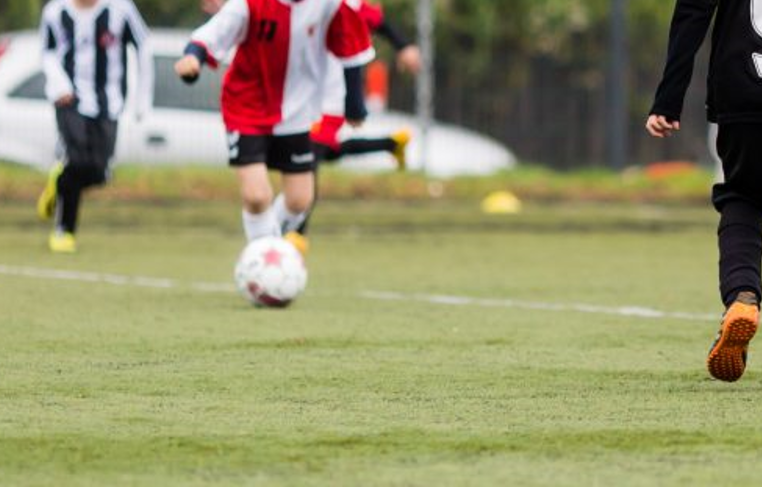
A recent study by the Dutch National Institute for Public Health and the Environment (RIVM) has concluded that athletic events in the Netherlands played on synthetic turf with rubber granules do not significantly increase exposure to carcinogenic substances. “This is because the substances are more or less ‘enclosed’ in the granulate, which means that the effect of these substances on human health is virtually negligible.”
Published in December 2016, the study states that “it is clear from the composition of the rubber granulate that the chemical substances that are capable of causing leukaemia or lymph node cancer are either not present (benzene and 1,3-butadiene) or are present in a very low quantity (2-mercaptobenzothiazole).” It further notes that since the 1980s, a slight rise has been observed in the number of people aged between 10 and 29 who get leukaemia but that this trend has not changed since synthetic turf fields were first used in the Netherlands in 2001.
While concluding that rubber granulate in synthetic turf is safe, the study confirms that the European Chemicals Agency (ECHA) is currently conducting research to determine a suitable standard for rubber granulate since the standard for consumer products is far more stringent than for ‘mixtures’, under which rubber granulate is currently categorized.
A synopsis of the RIVM study includes a link to the downloadable full report, written in Dutch.
Why is rubber granulate used in synthetic turf?
As described by the RIVM, “rubber granulate is finely crushed rubber particles that are usually made from old car tyres. When used as infill on fields of synthetic turf, it gives the field properties similar to normal turf. It means the ball does not roll too fast and does not bounce too high, and makes the synthetic turf better suited to sliding tackles than it would be without the granulate. Synthetic turf fields can be used intensively all year around and need less maintenance.”
Check out CATRA’s website for the Tire Industry Association’s position statement on crumb rubber used in artificial turf and CATRA’s statement on the same subject. We will endeavour to provide more information on this topic as it becomes available.
